
How insurance works
To work out the price of your insurance, we weigh up many factors. Some of these are specific to you, whereas others are to do with the world around you and what’s happening in the insurance market.
Everyone who buys insurance pays into a central pot and, if you make a claim, we pay it out of that pot. If the numbers and costs of claims increase, the pot needs to go further, which means prices can go up.
But whatever happens, we constantly review the way we calculate the cost of Aviva Signature car insurance to make sure we offer you the most accurate price.
On this page, we’ve explained some of the factors which can affect your price.
Your car insurance renewal
Before your current policy comes to an end, we’ll send you a renewal invitation Footnote [1]. It will show two prices – last year’s price and a price for continuing cover for another year, assuming no changes are to be made to the existing cover.
If you’re already a customer with us, your price to renew your cover will be the same as or lower than the equivalent price for a new customer.
If the specific cover you have with us isn’t available to new customers any more, we’ll compare your renewal price against the new customer price of the policy which most closely matches yours.
Frequently asked questions
Why isn't last year's price what I paid?
I haven’t made any changes, why has my premium changed?
Does this price include my no claim discount?
Why have I found a better price from you on a price comparison website?
Why does it cost more to pay monthly for insurance?
How events affect your car insurance price
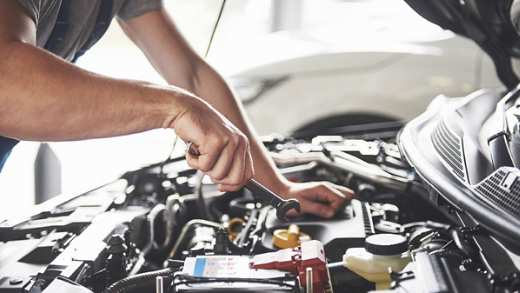
More expensive repair costs
The cost of claims has had a significant and sustained impact on motor premiums.

Changing claims market
We work hard to predict how much we’re likely to pay in future claims, and factor this into customers’ prices. Third-party claims also have an effect.
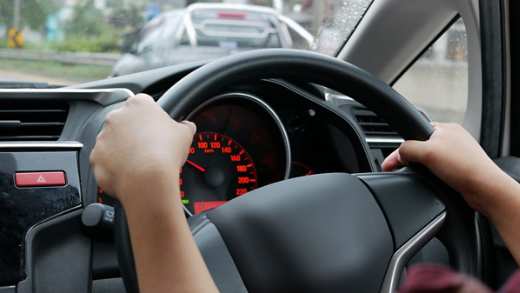
Longer time to repair vehicles
Longer repair times (due to difficulty in sourcing parts and availability of courtesy cars) and difficulty in sourcing parts and labour.

Severe weather
We know that wetter conditions contribute to a higher number of claim notifications.
How you affect your car insurance price
We use many factors to figure out how much you should pay for your policy, and some are more directly related to you than others. They also help us understand whether you're likely to make a claim and how much it'll cost. When you first take out insurance these factors shape the price you pay, but tend to have less impact on renewal costs. These are the top considerations:
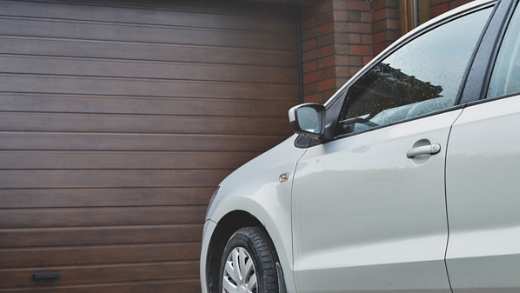
Where you live
Your insurance rates may go up if your area has more accidents and claims.

Your age
Because there are a number of risks associated with ageing, we keep a close eye on claims statistics and apply age-related risk factors to your quote as well.

Your mileage
How far you drive can affect your price too. There’s not a simple formula here, but it can combine with other factors to build an overall picture of your risk.
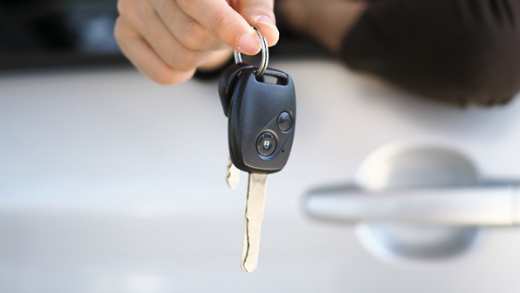
The vehicle you drive
If you own an expensive car, it may cost more to repair, and it may be more likely to be stolen as well. The age of your car is also significant.

Who drives your car
You're not the only one who influences your insurance premium – any drivers you include on your policy can also affect it. For example, adding a teenage driver to your policy could mean your rates are much higher than if you just insure yourself.
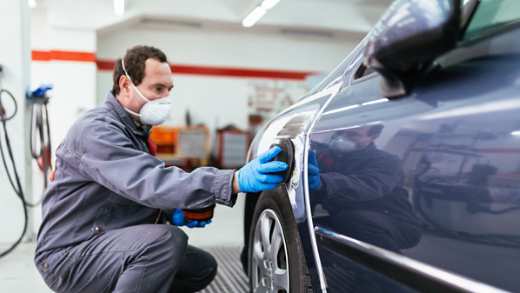
Your driving history
It's more likely that customers with recent driving convictions and claims, especially in the last four years, will be involved in an accident or make a claim. Prices will reflect this.
How to manage your policy online
MyAviva is a secure online portal, where you’ll find all the details and documents for your Aviva Signature car insurance policy, so you’ll always know where everything is. It’s also where you’ll make changes to your personal information or your policy. You can do this at any time through your laptop, tablet or mobile.

What you can do in MyAviva
Save money on multi car insurance

Aviva multi car insurance
- Save 10% when you add extra cars. Discount doesn’t apply to optional extras. This discount only applies to Aviva Signature products purchased. Discount not available on top of any existing multi-product discount.
- Up to five vehicles on one policy. All cars must be registered at the same address
- You can buy cover for two cars online. To insure three or more, call us on 0800 046 2722
For our joint protection, telephone calls may be recorded and/or monitored.
Calls to 0800 numbers from UK landlines and mobiles are free.
